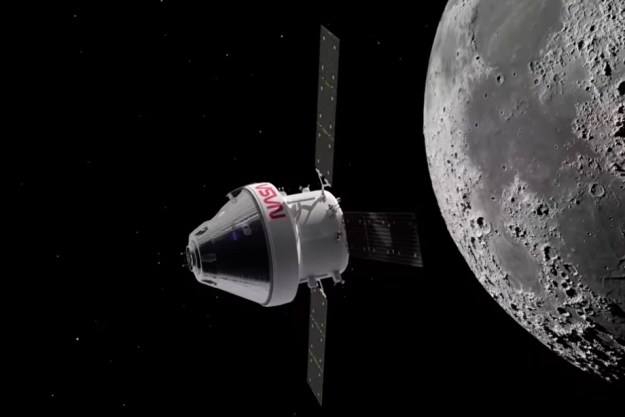The European Space Agency (ESA) has begun work on its newest telescope: A survey mission called Ariel that will investigate the chemical composition of warm and hot exoplanets.
Ariel, the Atmospheric Remote-sensing Infrared Exoplanet Large-survey, will be launched into orbit from where it will study up to 1,000 exoplanets, looking at them in both the visible light and infrared wavelengths. This will enable scientists to determine the chemical composition of the planets and their thermal structures, which will give information on what exoplanets are made of, how planets form, and how their atmospheres evolve over time.
“With Ariel, we will take exoplanet characterization to the next level by studying these distant worlds both as individuals and, importantly, as populations, in much greater detail than ever before possible,” said ESA’s Ariel study scientist Göran Pilbratt.

ESA has been studying the Ariel concept since it was chosen in 2018 as part of the Cosmic Vision program, which plans out future ESA missions. With the study complete, now the implementation phase begins, and a contractor will be chosen to build the spacecraft. The plan is to launch Ariel in 2029, using an Ariane 6 rocket from Europe’s spaceport in Kourou, French Guiana. It will initially be a four-year mission.
This follows the successful launch of ESA’s CHEOPS satellite, which also investigates exoplanets to find more about their size, mass, and composition. CHEOPS has already made some wild discoveries about exoplanets, and it will soon be joined by PLATO, ESA’s planet-hunting telescope slated for launch in 2026. ESA scientists hope that Ariel can round out these instruments by focusing on warm and hot planets that orbit close to their host stars.
Studying distant planets can help further our understanding of our own region of space, according to ESA’s Ariel project scientist Theresa Lueftinger: “Our chemical census of hundreds of solar systems will help us understand each planet in context of the chemical environment and composition of the host star, in turn helping us to better understand our own cosmic neighborhood.”
Now, ESA will take bids from contractors to build the spacecraft, and they expect to choose a contractor by summer next year.
Editors' Recommendations
- Small exoplanet could be hot and steamy according to Hubble
- See the weather patterns on a wild, super hot exoplanet
- See highlights of the launch of the European JUICE spacecraft
- NASA is asking for your help to study exoplanets
- SpaceX Dragon spacecraft delivers new solar arrays and more to ISS




